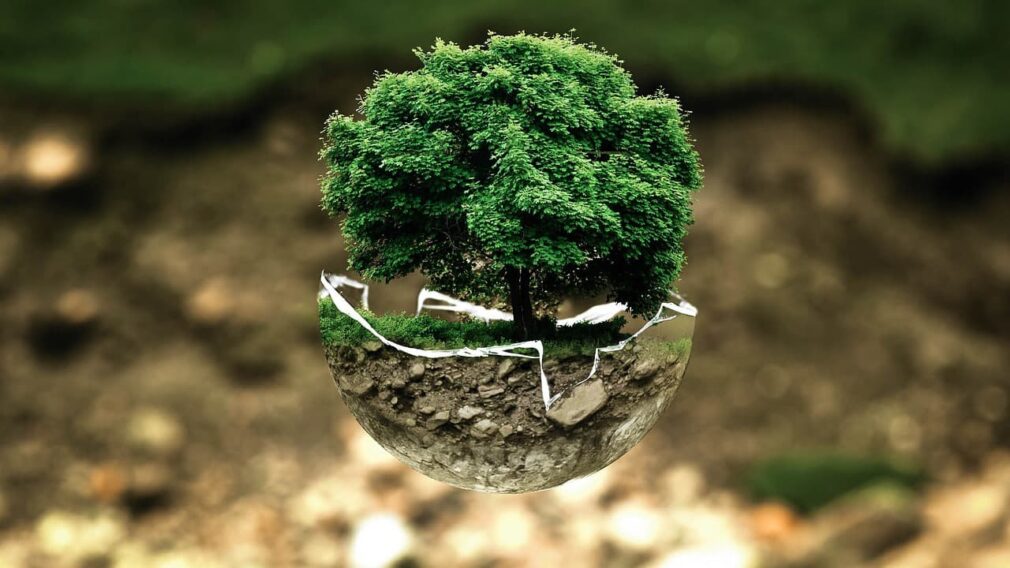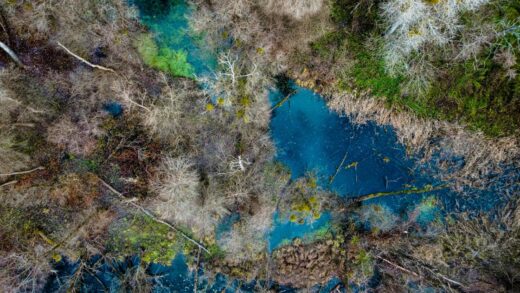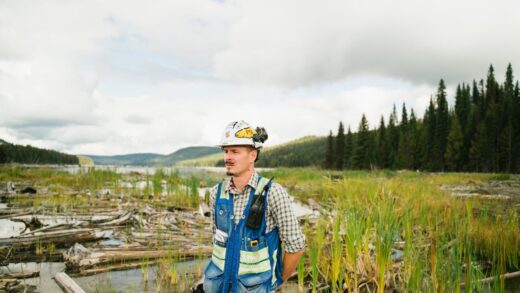Ecosystem restoration is increasingly recognized as an essential component of global environmental strategy. The degradation of natural habitats due to pollution, unsustainable land use, and climate change has reached critical levels, prompting urgent action. While the challenges are significant, the successes achieved in various parts of the world offer hope and valuable lessons. This article explores the processes and outcomes of restoring some of the most heavily impacted ecosystems, providing a roadmap for future efforts.
The Rhine River Revival: A Model of International Cooperation
The Rhine River, one of Europe’s longest and most important waterways, was once severely polluted by industrial waste, agricultural runoff, and untreated sewage. By the 1970s, the river was so contaminated that it was often referred to as “Europe’s Sewer.” The ecological degradation had devastating effects on aquatic life and water quality, impacting the livelihoods of millions of people who depended on the river.
The transformation of the Rhine River is a testament to the power of international cooperation. The countries along the Rhine – Switzerland, France, Germany, the Netherlands, and Luxembourg – joined forces to create the International Commission for the Protection of the Rhine (ICPR). Through this body, they established stringent regulations for pollution control, invested in advanced wastewater treatment technologies, and initiated programs to restore natural habitats along the riverbanks.
The results of these efforts are remarkable. Today, the Rhine River is one of the cleanest major rivers in Europe, supporting a diverse range of aquatic species that had disappeared for decades. The river’s revival has also brought economic benefits, boosting tourism and enhancing the quality of life for communities along its banks.
The Great Barrier Reef: A Race Against Time
The Great Barrier Reef, a UNESCO World Heritage site, is the world’s largest coral reef system and one of the most biodiverse ecosystems on the planet. However, it has faced severe threats from climate change, pollution, and overfishing, leading to widespread coral bleaching and the decline of marine life. The restoration of the Great Barrier Reef is a complex and ongoing challenge that requires a multifaceted approach.
Efforts to restore the reef have focused on several key strategies:
- Pollution Reduction: One of the primary sources of pollution affecting the reef is agricultural runoff, which carries nutrients and sediments that damage coral. Initiatives to reduce this pollution include improving land management practices and promoting sustainable agriculture.
- Coral Restoration: Scientists are developing innovative techniques to restore damaged coral reefs, such as coral gardening and the use of heat-resistant coral strains. These methods involve growing coral in nurseries and then transplanting them onto the reef, where they can help regenerate damaged areas.
- Marine Protected Areas: Expanding and enforcing marine protected areas around the reef is crucial for reducing the impact of overfishing and allowing marine populations to recover.
While these efforts are still in the early stages, there have been encouraging signs of recovery in certain areas of the reef. However, the long-term success of these initiatives depends on global efforts to mitigate climate change, which remains the most significant threat to the reef’s future.
Urban Ecosystem Renewal: The Bronx River in New York City

Urban ecosystems are often overlooked in discussions of environmental restoration, yet they are critically important for the health and well-being of city residents. The Bronx River, which flows through one of New York City’s most densely populated boroughs, was once a symbol of urban decay. Polluted by industrial waste and neglected for decades, the river had become a hazardous eyesore.
The restoration of the Bronx River is a powerful example of how community engagement and government support can transform an urban environment. Local organisations, including the Bronx River Alliance, played a key role in mobilising residents and securing funding for cleanup efforts. These initiatives included removing pollutants, restoring native vegetation, and creating green spaces along the riverbanks.
One of the most significant achievements of the Bronx River restoration is the return of wildlife to the area. Species that had not been seen in the river for decades, such as the alewife (a type of herring), have returned, indicating a significant improvement in water quality. The revitalised river now serves as a valuable recreational resource for the community, offering opportunities for boating, fishing, and nature observation.
In an age where environmental consciousness is permeating various sectors, it is interesting to note that even industries not traditionally associated with sustainability are adopting responsible practices. For example, online platforms like this one – https://playfortune.net.br/bonus/200-de-bonus-de-deposito/ – offer reviews of different casinos with 200% deposit bonuses. This reflects a broader trend where transparency and consumer engagement are becoming more prevalent, even in the digital entertainment space.
Conclusion: Lessons Learned and the Path Forward
The case studies of the Rhine River, the Great Barrier Reef, and the Bronx River highlight the potential for ecosystem restoration to reverse environmental damage and create sustainable futures. Each of these examples underscores the importance of collaboration – whether between nations, communities, or sectors – to achieve meaningful and lasting results.
Restoration is not a quick fix; it requires long-term commitment, substantial investment, and the involvement of multiple stakeholders. However, as these case studies demonstrate, the rewards of restoration are immense: revitalised ecosystems, improved public health, enhanced economic opportunities, and a more sustainable planet.
As the global community continues to grapple with the challenges of environmental degradation, the lessons learned from successful restoration projects provide a blueprint for action. By applying these strategies and fostering a culture of environmental stewardship, we can ensure that future generations inherit a world where nature thrives alongside human development.


